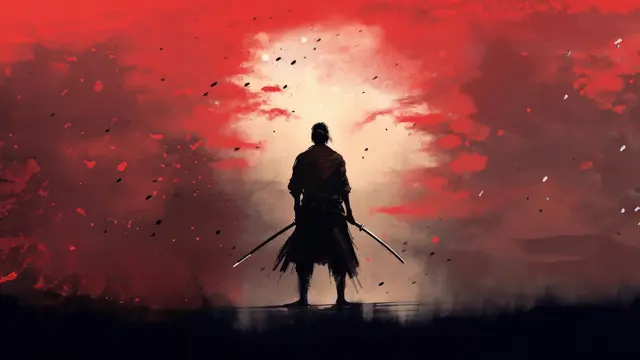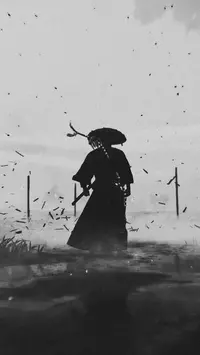PABLO!
Pablo Diego José Francisco de Paula Juan Nepomuceno María de los Remedios Cipriano de la Santísima Trinidad Martyr Patricio Clito Ruíz y Picasso – known simply as Pablo Picasso – was born on October 25, 1881, in Málaga, Spain. His father, an art professor, recognized Picasso's early talent, and by the age of seven, he had started receiving formal art training from his father.
Picasso's artistic journey unfolded across various phases. His academic skills led him to the Royal Academy of San Fernando in Madrid at just 14. Later, he moved to Paris, the hub of the art world, in 1900. There, he absorbed the vibrant art scene, befriending luminaries like Henri Matisse.
The Blue Period (1901-1904) and Rose Period (1904-1906) marked Picasso's early adult years, characterized by melancholy and introspection, followed by a more cheerful and romantic phase. The groundbreaking movement of Cubism emerged around 1907, co-founded with Georges Braque. This transformative period shattered traditional perspectives, deconstructing and reconstructing forms in a revolutionary way.
During World War I, Picasso's style evolved again, embracing neoclassicism, and in the 1920s, he delved into surrealism. The Spanish Civil War deeply affected him, inspiring the creation of one of his most famous works, Guernica (1937), a poignant anti-war statement.
In the post-war era, Picasso continued to experiment with different styles, embracing ceramics and sculpture. His later works reflected a blend of classical and abstract elements. He remained prolific until his death on April 8, 1973, in Mougins, France.
#learnwithcoral
Picasso's artistic journey unfolded across various phases. His academic skills led him to the Royal Academy of San Fernando in Madrid at just 14. Later, he moved to Paris, the hub of the art world, in 1900. There, he absorbed the vibrant art scene, befriending luminaries like Henri Matisse.
The Blue Period (1901-1904) and Rose Period (1904-1906) marked Picasso's early adult years, characterized by melancholy and introspection, followed by a more cheerful and romantic phase. The groundbreaking movement of Cubism emerged around 1907, co-founded with Georges Braque. This transformative period shattered traditional perspectives, deconstructing and reconstructing forms in a revolutionary way.
During World War I, Picasso's style evolved again, embracing neoclassicism, and in the 1920s, he delved into surrealism. The Spanish Civil War deeply affected him, inspiring the creation of one of his most famous works, Guernica (1937), a poignant anti-war statement.
In the post-war era, Picasso continued to experiment with different styles, embracing ceramics and sculpture. His later works reflected a blend of classical and abstract elements. He remained prolific until his death on April 8, 1973, in Mougins, France.
#learnwithcoral



